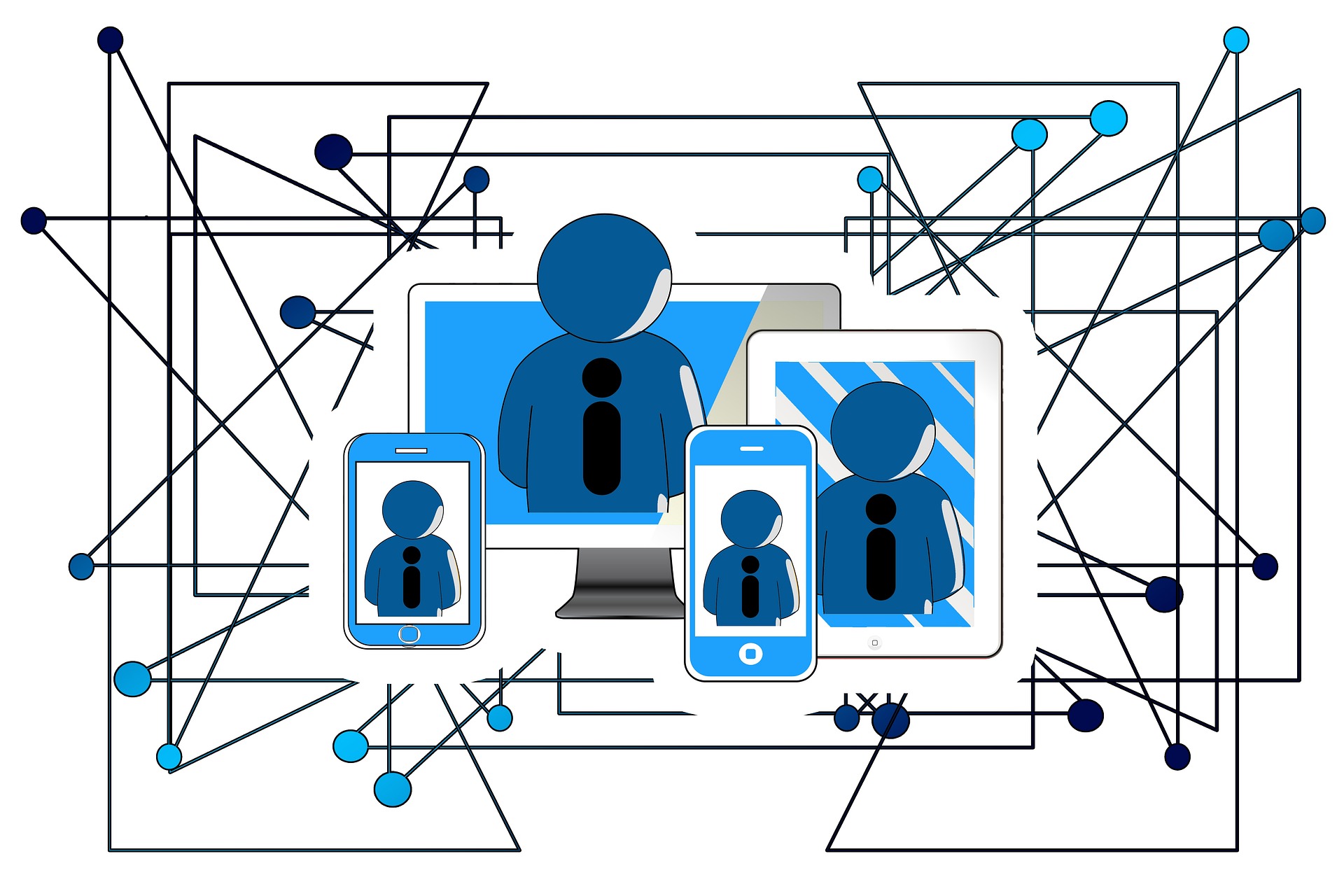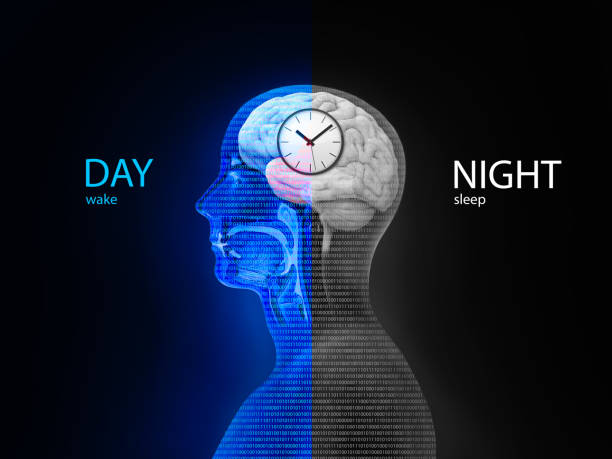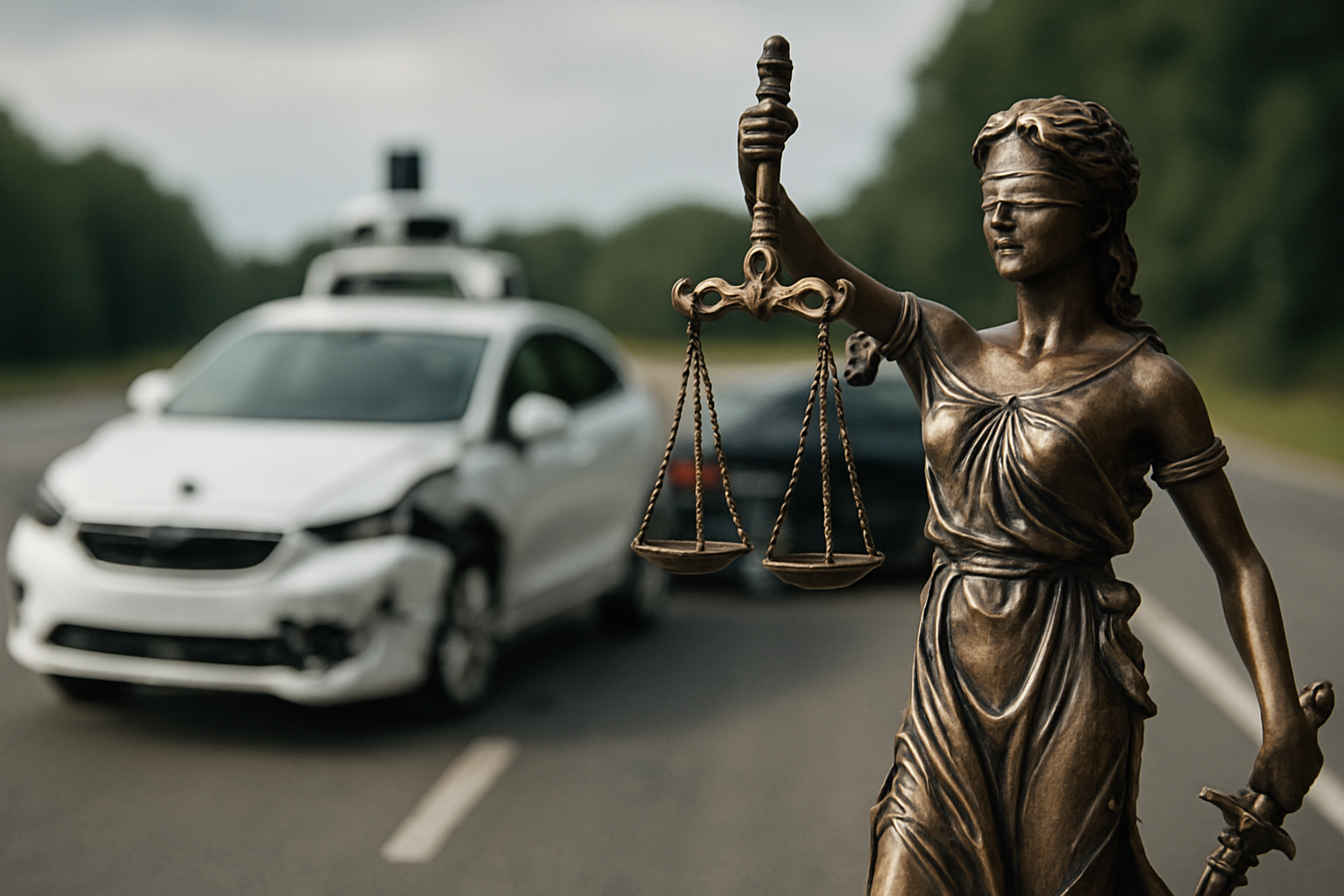Collective Effervescence in Virtual Spaces
The digital revolution has birthed a new frontier of human connection, where pixels and code forge bonds as real as any physical encounter. In this landscape, a fascinating sociological phenomenon is emerging: collective effervescence in virtual spaces. This concept, once confined to physical gatherings, now thrives in the digital realm, reshaping our understanding of community, identity, and shared experiences. Read below to explore how this digital evolution is transforming the fabric of human interaction.

The Origins of Collective Effervescence
Émile Durkheim, a founding father of sociology, first introduced the concept of collective effervescence in his 1912 book, The Elementary Forms of Religious Life. He observed that when individuals gather and participate in communal activities, they experience a heightened sense of emotional and spiritual unity. This shared excitement, or effervescence, reinforces social bonds and creates a collective consciousness that transcends individual identities.
Traditionally, collective effervescence was associated with physical gatherings such as religious ceremonies, political rallies, or sporting events. However, the digital age has expanded the potential for these shared experiences beyond geographical constraints, allowing for the formation of global communities united by common interests, goals, or beliefs.
Digital Platforms as Modern Ritual Spaces
In the 21st century, social media platforms, online forums, and virtual worlds have become the new arenas for collective effervescence. These digital spaces serve as modern-day ritual grounds where users congregate, share experiences, and forge connections. The instantaneous nature of online communication allows for rapid spread of ideas and emotions, creating waves of collective sentiment that can sweep across the globe in minutes.
Platforms like Twitter, for instance, become hubs of shared excitement during major events, with hashtags serving as rallying points for communal engagement. Similarly, live-streaming platforms allow audiences to experience concerts, speeches, or sports events together, regardless of their physical location, fostering a sense of unity and shared emotion.
The Anatomy of Virtual Collective Effervescence
Virtual collective effervescence shares many characteristics with its physical counterpart but also possesses unique attributes. In digital spaces, the absence of physical proximity is compensated by the intensity and speed of interaction. Memes, hashtags, and viral content serve as symbols and totems around which online communities rally, creating a shared language and culture.
The anonymity often afforded by online platforms can paradoxically intensify the sense of connection, as individuals feel freer to express themselves without the constraints of their offline identities. This disinhibition effect can lead to more authentic emotional exchanges and a stronger sense of belonging to the virtual community.
Case Studies in Digital Effervescence
Several notable examples illustrate the power of collective effervescence in virtual spaces. The ALS Ice Bucket Challenge of 2014 demonstrated how a simple act, amplified through social media, could create a global movement of solidarity and awareness. Participants felt part of a larger cause, experiencing a shared sense of purpose and excitement as the challenge spread virally.
In the gaming world, events like the Pokémon Go craze of 2016 showed how augmented reality could blur the lines between virtual and physical collective experiences. Players around the world felt united in their quest to catch virtual creatures, creating spontaneous gatherings and a shared sense of adventure.
More recently, the global COVID-19 pandemic has accelerated the shift towards virtual collective experiences. Online concerts, virtual museum tours, and digital festivals have emerged as new forms of communal engagement, allowing people to maintain social connections and shared experiences despite physical distancing measures.
Implications for Society and Identity
The rise of virtual collective effervescence has profound implications for how we understand society and individual identity. As people increasingly find community and purpose in digital spaces, traditional social structures and institutions may need to adapt. The fluidity of online identities and communities challenges conventional notions of belonging and social cohesion.
However, this digital phenomenon also offers opportunities for increased global understanding and cooperation. Virtual spaces can bring together diverse groups of people who might never interact in the physical world, fostering cross-cultural dialogue and empathy.
The Future of Digital Togetherness
As technology continues to evolve, the potential for virtual collective effervescence will likely expand. Emerging technologies like virtual and augmented reality promise to create even more immersive shared experiences, further blurring the line between physical and digital realms.
However, as we embrace these new forms of connection, it’s crucial to consider their impact on mental health, privacy, and the quality of human relationships. Balancing the benefits of virtual collective experiences with the need for genuine, in-person human interaction will be a key challenge for future generations.
In conclusion, collective effervescence in virtual spaces represents a fascinating evolution of human social behavior. As we navigate this new frontier, we must remain mindful of both its potential to unite and its power to reshape the very foundations of our social world. The digital campfire around which we now gather may look different from its ancient predecessors, but its ability to ignite the human spirit remains as potent as ever.





